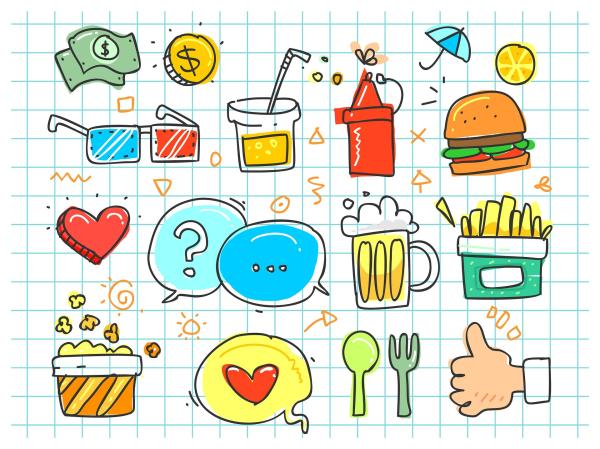The alterations in our menus in reporting calorie intake come from a new study reported in JAMA Network Open. The ACA went into effect three years ago; the data on changes in caloric content comes from MenuStat, a database created and maintained by the New York City Department of Health and Mental Hygiene covering the top 100 restaurant chains in the US. Their data goes back to 2012 and captures the calories associated with the meal offerings of the 100 restaurants. The researchers restricted the restaurants to those with complete data from 2013 to 2019, a total of 59 chains. The restaurants included "fast-food restaurants, fast-casual restaurants, full-service restaurants, and coffee shops," any enterprise with at least 20 locations in the US.
The primary outcome of interest was the calorie count for the menu; secondary observations looked at calorie count per food category (i.e., entrée or dessert) and calories in existing or newly added items.
- Overall calorie content of menu items did not change significantly after labeling – a mean of 2 fewer calories
- The calorie content among specific menu items or restaurant types did not change after labeling was initiated.
- For newly introduced items, calorie changes were a mixed bag. Fast-food restaurants reduced calories by the same amount that fast-casual restaurants [2] increased them. Full-service restaurants and coffee shops fueled the overall mean reduction by 112 calories.
- Micronutrients, fats, both saturated and unsaturated, carbohydrates (except fiber), and protein all decreased. Sugar increased slightly
- Items removed from the menu did not differ significantly from those that remained, except in fast-casual restaurants
Here is the graphic:

The change? Flat as the proverbial low calories pancake. For those with an economic turn, the restaurants' relabeling cost was at least $22,000 per calorie, not including the cost of new signage. Of course, that is a one-time cost, and others will argue that it is quite the bargain.
The researchers acknowledge that calorie counts did not change substantially, except for those new items that decreased calories by 25% - a real change. Of course, we do not know whether these items were purchased to any significant degree, so the impact on diminishing calories let along the health “grail” of improved weight remains unknown. Always seeing the silver lining, the authors write
“…even small proportional reductions in prepared food intake owing to calorie labeling could yield population health benefits.”
They also note that there has been a trend towards “lighter” choices that began even before the labeling regulations went into effect, roughly 17 calories a year – the new regulation had no impact. And there is the “worrying trend” (my words) of removing lower-calorie items from the menu. It doesn’t seem that restaurants are responsive to the need for calorie labeling; they seem, oddly enough, responsive to their customer demands. Whether we like it or not, many of us choose tasty over low-calorie when given a choice. Labeling doesn’t seem to really move the fork, as it were, toward “better” choices.
“Given the relatively low cost of implementing calorie labels, our results suggest that the US should continue to implement this intervention while also exploring additional strategies for improving the nutritional quality of foods purchased from restaurants.”
What is that saying, “Insanity is doing the same thing over and over and expecting different results?”
[1] Cost of Menu Labeling Center for Science in the Public Interest
[2] Fast food is Taco Bell, fast-casual Chipolte; fast food is McDonald's, fast-casual Shake Shack
Source: Changes in Calorie Content of Menu Items at Large Chain Restaurants After Implementation of Calorie Labels JAMA Network Open DOI: 10.1001/jamanetworkopen.2021.41353




